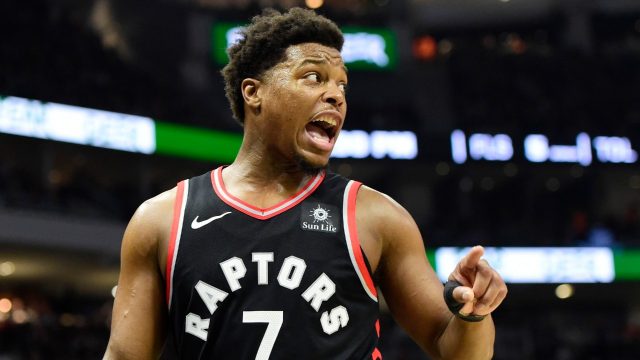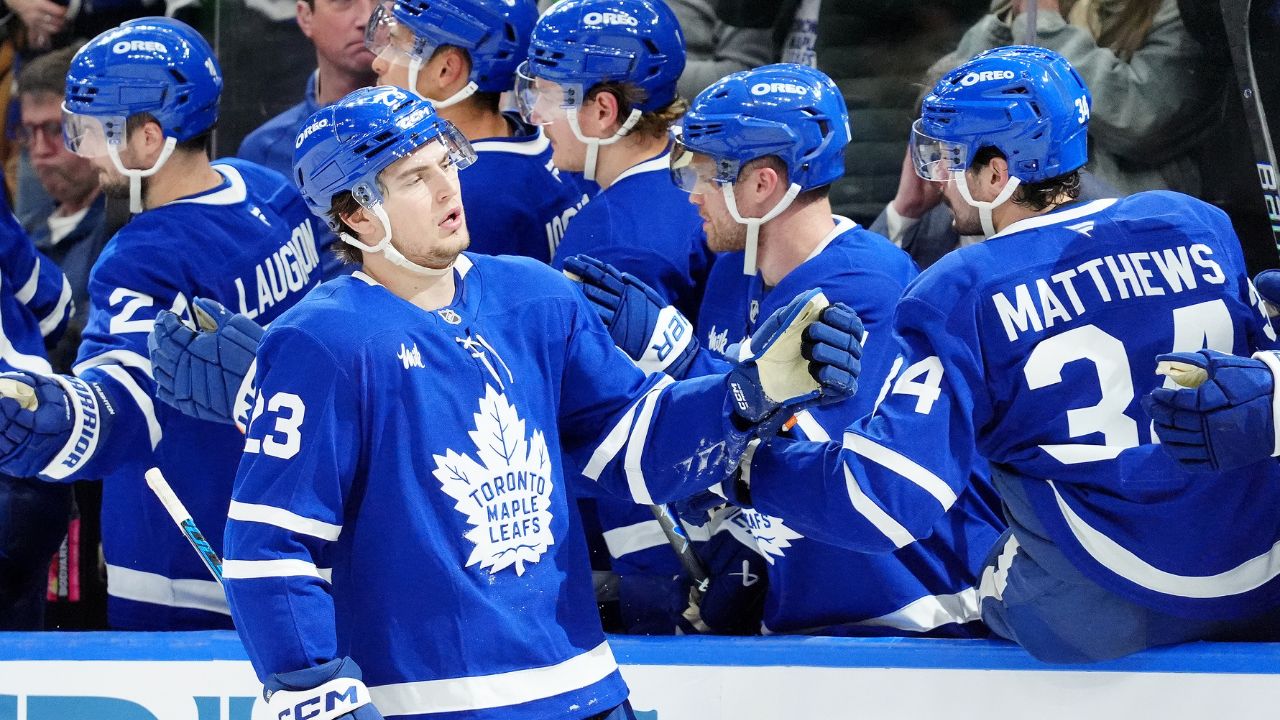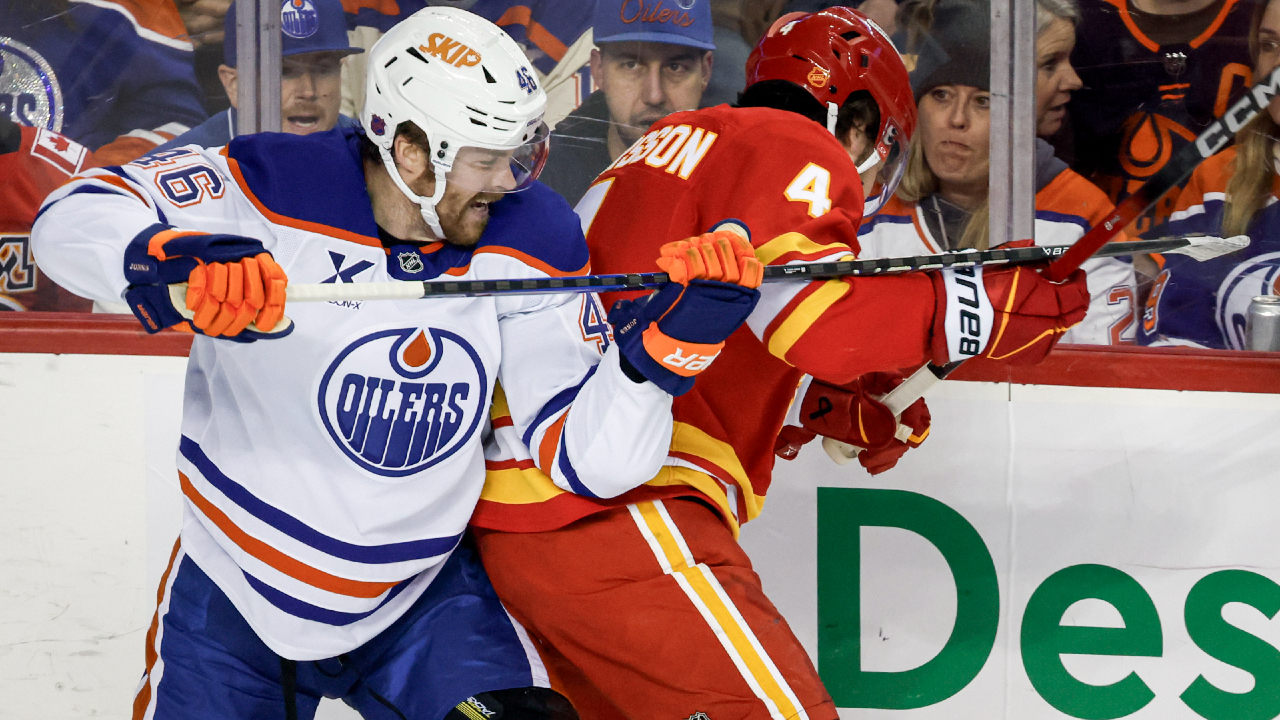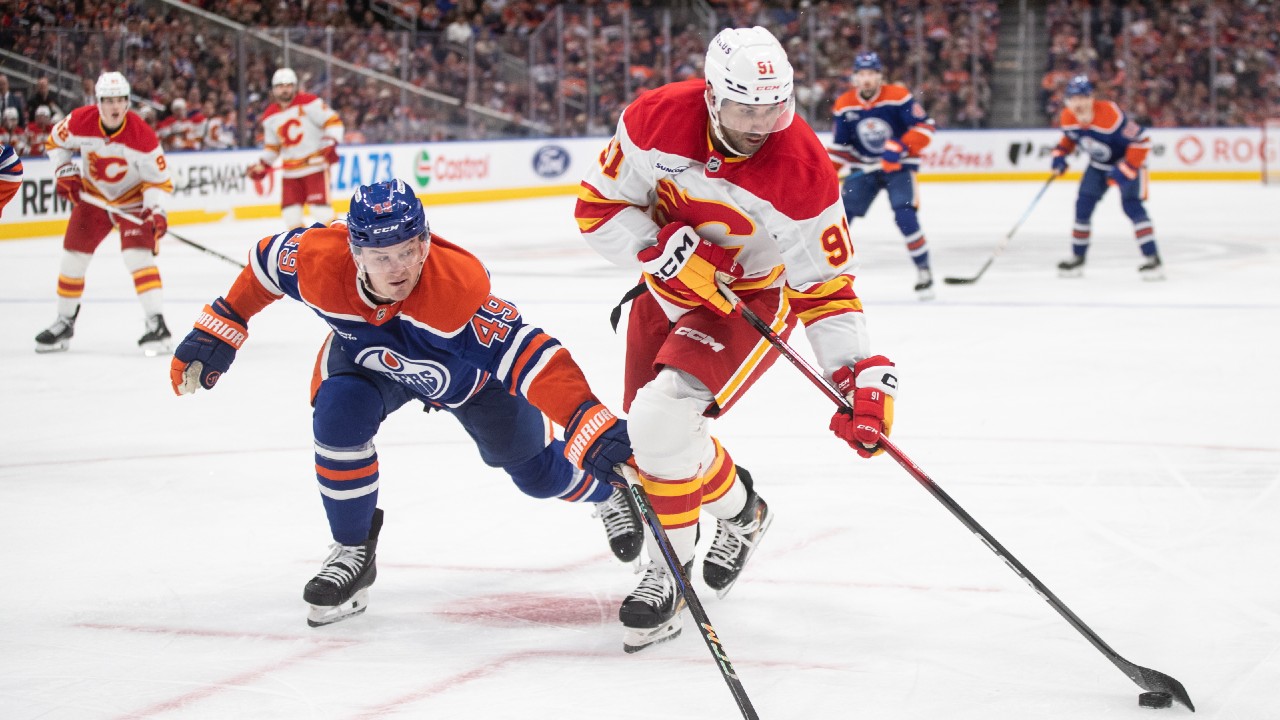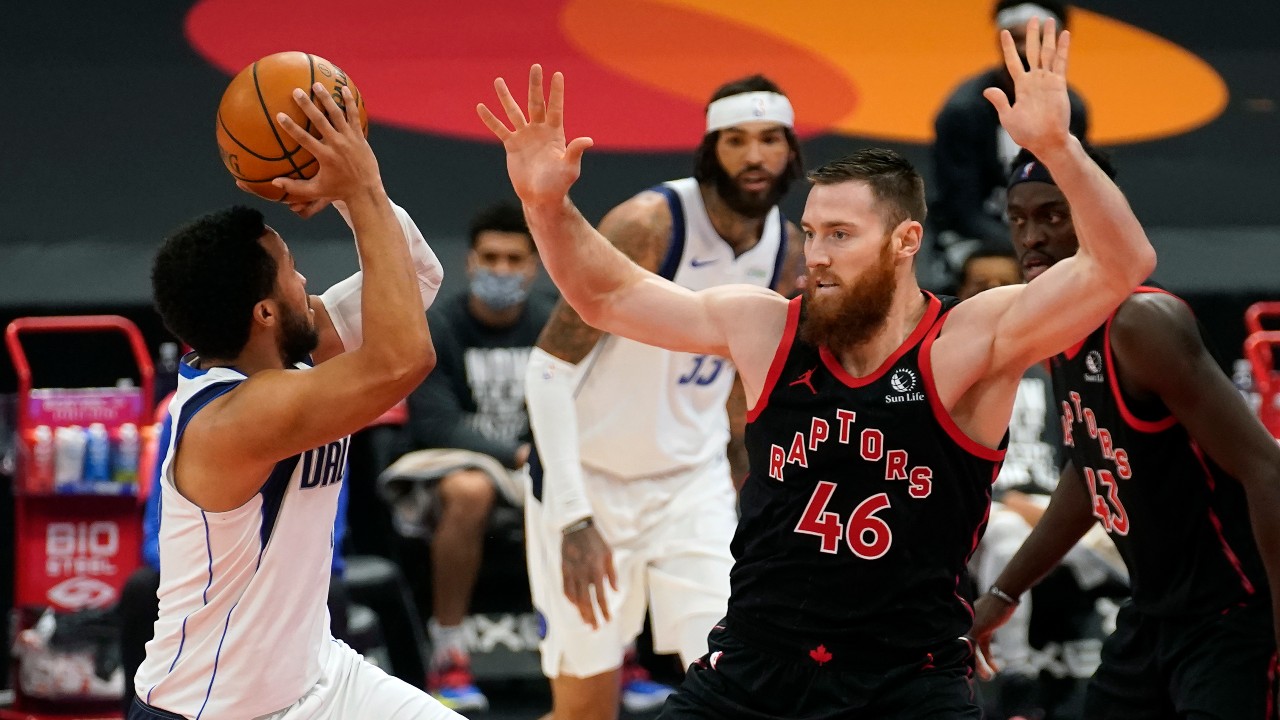
At some point, something will have to give, and it makes plenty of sense that it will be sooner than later.
As it stands, the 10-13 Toronto Raptors – just months removed from putting up the second-best regular season record in the NBA – are heading for the play-in tournament, where the teams that finish seven to 10 in their conference get to scrap it out to qualify for the playoffs proper.
And while there’s been some encouraging signs that the 2-8 start they’ve been trying to drag themselves out of since mid-January was somewhat of an aberration, there have been plenty of reminders, even as Toronto has gone 10-7 since, that this a team that will struggle come playoff time, even in a conference that seems to have two pretty good teams, a swath of OK teams and the rest.
Chances are we’re going to see more of those worrisome signs soon. Over the next 10 days, the Raptors play the Milwaukee Bucks and Giannis Antetokounmpo twice on the road, get a brief respite – in theory – against the Timberwolves, although it was Minnesota that handed Toronto one of its most discouraging losses of the season on Sunday; the East-leading Philadelphia 76ers twice at “home” in Tampa before going to Miami to play the Heat, who are finally beginning to hit their stride after an even shakier start than the Raptors.
All of those matchups present problems the Raptors aren’t equipped to handle – either really good, physical big men, good overall team size, or both.
You can measure Toronto’s deficiencies statistically – it is the worst defensive rebounding team in the NBA and as a result of the extra possessions it gives up, its overall defensive standards have slipped. Its defensive rating is 111.7, which is 18th. Last season it was second; the year it won the NBA title it was fifth. The last time it was this far down the ladder defensively was 2014-15, when it was 25th and swept in the first round by the Washington Wizards.
But it’s just as easy to do a roll call of opposing bigs that have had their way with the Raptors’ big man tandem of Aron Baynes and Chris Boucher.
Enes Kanter of the Portland Trail Blazers went 7-of-8 from the floor; Brooks Lopez of Milwaukee went 8-of-11; Hassan Whiteside of the Sacramento Kings went 6-of-7; DeAndre Jordan was 4-of-4 for the Brooklyn Nets, Jonas Valanciunas 8-of-12 and grabbed 20 rebounds for the Memphis Grizzlies; and Karl Anthony-Towns 8-of-11 in the Raptors’ loss to Minnesota.
The importance of true centres isn’t what it used to be, but allowing opposing bigs to convert 80 per cent of their field-goal attempts will never be a formula for success, particularly when Raptors starter Baynes – the only player on the roster with enough bulk to match up with the league’s bigs – has been a complete non-factor offensively.
Failing to retain one of either Serge Ibaka or Marc Gasol is proving to be a rare misplay by the Raptor front office.
Which is why there was so much smoke when rumours surfaced Monday that the Raptors were in talks with the Cleveland Cavaliers regarding their surplus big man Andre Drummond.
According to league sources, the Raptors aren’t actually interested in pursuing Drummond, who comes with a hefty, $28 million salary that would need to be matched and who would solve some problems – he’s arguably the NBA’s best rebounder – but create others, particularly when it comes to front-court spacing and defensive versatility.
But regardless of how much weight the rumours had behind them, it completely made sense that Drummond and the Raptors were linked: Toronto has a massive gap in its lineup it needs to fill if it is going to compete.
So between now and the March 25th trade deadline, expect more big men that might be able to offer some version of the what the Raptors need to be linked to the team, some more plausible than others.
I can start:
Would the Orlando Magic be interested in turning Nikola Vucevic – who has two years and $46 million after this season left on his deal – into assets that more fit the timeline of their young players?
Would the Raptors be able to pry Valanciunas from the Grizzlies? And, at what cost, given the former Raptor remains one of the most productive bigs in the league, is still just 27 and only has one year and $14 million left on his contract after this one?
How about bruising Steven Adams of the New Orleans Pelicans, a pending free agent making $27 million?
At the bargain bin there is Whiteside, who averaged 15.5 points and 13.5 rebounds in just 30 minutes a game for Portland last season while leading the NBA in blocks. Given the enigmatic big ended up signing with the Kings for one year at the veteran minimum suggests Whiteside is a bridge the Raptors didn’t want to cross, but maybe expediency matters more when it comes to short-term relationships
In addition to the gap they have at centre, the range of questions the Raptors need to answer will get a lot more urgent if their fortunes take a turn for the worse over the next six games. What happens if Toronto goes, say, 1-5 over their next six games – which is entirely on the table given the matchups?
Would a 13-20 record roughly halfway through a shortened regular season prompt Raptors president Masai Ujiri and Bobby Webster to look harder at what do with the roster overall?
It’s one thing to lose Gasol and Ibaka in free agency without getting anything in return when you are gunning to defend an NBA title, but how should the Raptors deal with pending free agents Kyle Lowry and Norm Powell (who will almost certainly opt out of the last year of current contract) when grasping for the last playoff spot?
Will Lowry want to finish his 15th season playing out the string? Would he encourage management to gauge the market among the league’s top contenders?
In the bigger picture, how will the tenure of the most important player in franchise history come to an end?
On performance alone he could reasonably require Toronto to come up with an offer consistent with the $30 million he’s been used to making, which could get expensive for the Raptors considering they have $70 million committed to Pascal Siakam, Fred VanVleet and OG Anunoby, with Malachi Flynn the only other player under contract
Or will Lowry – who turns 35 next month – prioritize a chance to win another title and likely cement his Hall of Fame credentials and be willing to take less to attach himself to one of the NBA’s existing powers?
In either scenario, Lowry finishing his career in Toronto is no lock, and if that’s the case, can they afford to let him leave without some kind of return?
Powell’s case is equally as problematic. He’s too good to include in a trade package for a big man this season and reasonably expect the team to improve. Consider: over 40 starts the past two seasons the Raptors shooting guard has averaged 19.6 points a game with a true shooting percentage of .653 on nearly six attempted threes a game, levels only the league’s elite can match. Of the eight players who have averaged at least 20 points a game with a true shooting percentage of at least .600 while attempting at least five threes a game this year, every one but Powell is on a max contract.
Powell and Steph Curry are only ones of that group with a TS% of .650 or better and Powell has more starts over this season and last than Golden State Warriors star.
Which isn’t to say that Powell will be getting a deal starting north of $33 million in 2021-22, just that at 28 years old he’ll be completely justified in looking for something a lot bigger than the four-year, $44 million deal he’s on now.
Can the Raptors afford to have Powell join the existing core of Siakam (four-years, $136 million), VanVleet (four years, $85 million) and Anunoby (four years, $72 million) and (potentially) Lowry and whoever they decide to use the cap space they worked so hard to preserve for this coming summer?
Can they afford not to?
The questions that the Raptors will need to answer before the trade deadline on March 25th are much more fundamental than should they pursue Drummond or centre X, Y or Z?
It’s more along the lines of: how much do they believe in the team they’ve built, flaws and all? What is the group’s potential? What moves are required to reach it? And how do they fit in with what could be a transitional off season?
The next 10 days or so should provide some answers, but in any case, the questions won’t be going away.


